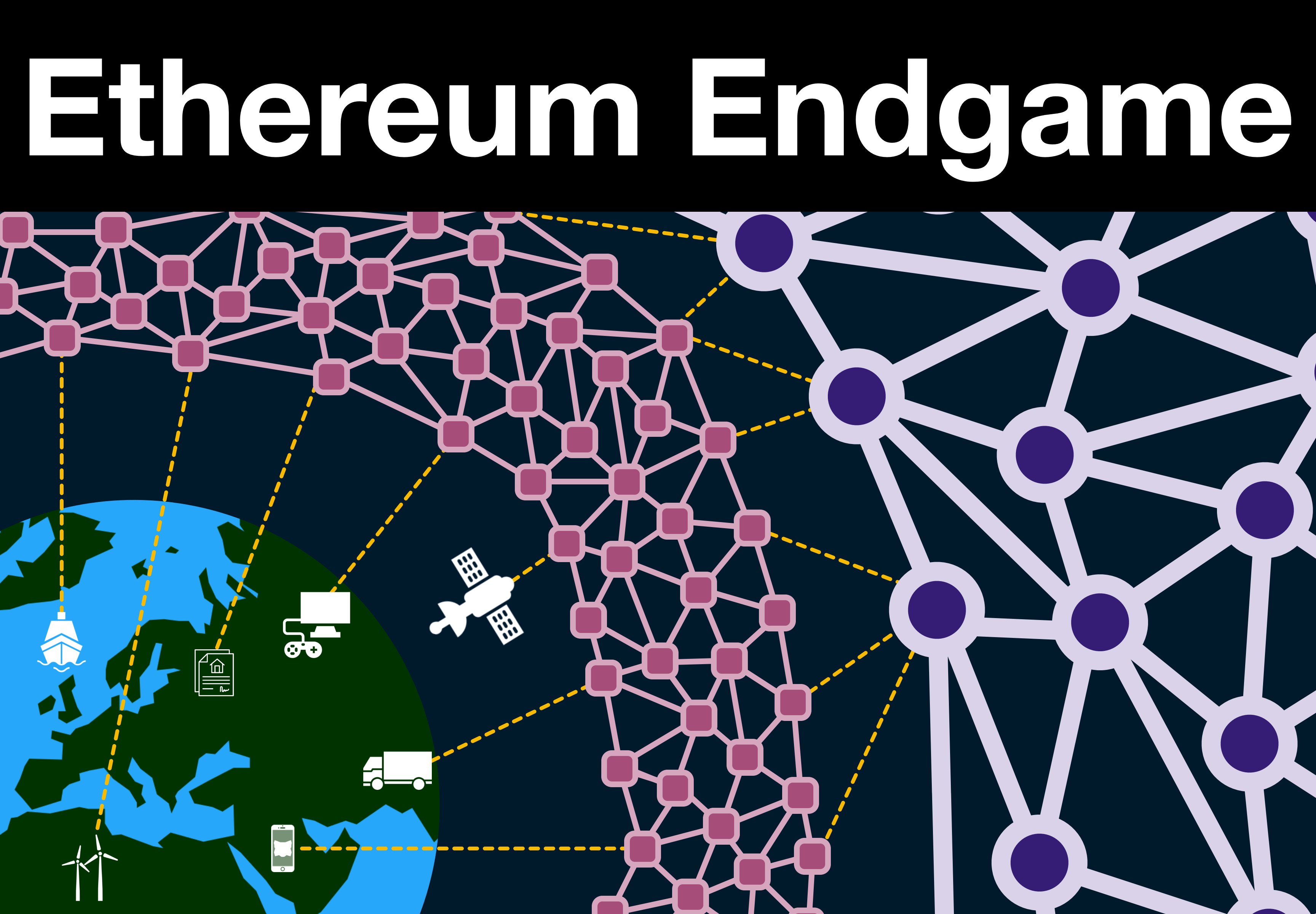
¶ Trustless Trust
¶ The World Computer
Ethereum is the World Computer, a network of 1,000s of computers (nodes) coordinating using Proof of Stake (PoS) to keep the Ethereum Virtual Machine (EVM) in sync.
The EVM is the shared computing platform, the blockchain its history and ETH its lifeblood.
This "network of nodes" is the foundation upon which Ethereum ultimately derives its value. The more decentralized, the more value.
From decentralization comes credible neutrality.
Without credible neutrality, we might as well be using FB-dollaroos in Farmville-DeFi.
¶ Accessing Ethereum
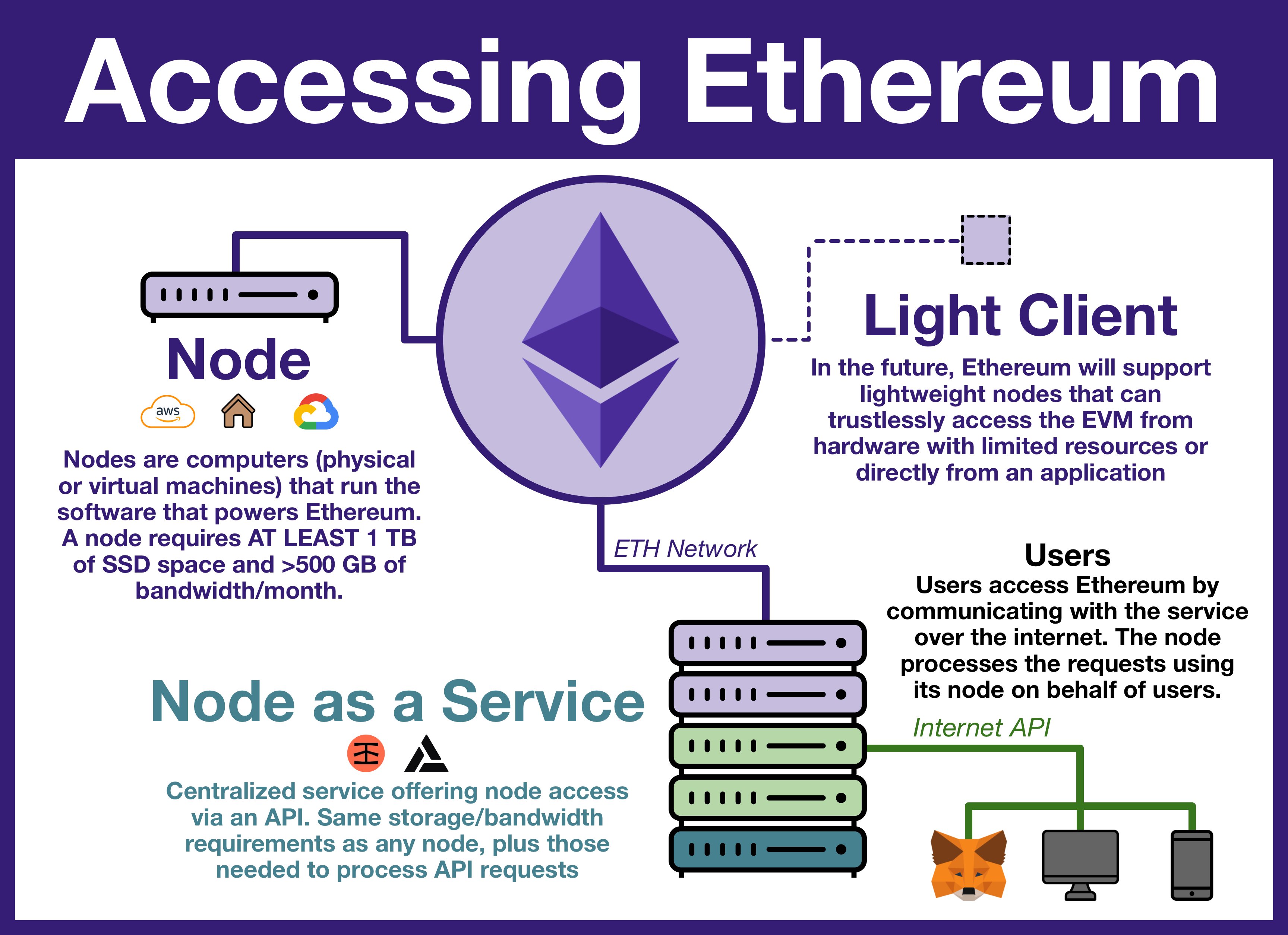
Today, Ethereum is decently decentralized and super not scalable... by design. Raising the minimum requirements of a node increases scalability at the cost of decentralization.
Put another way, if we want to increase decentralization, we need to sacrifice execution*.
Because here's the thing: running a node, the one and only way to access Ethereum, is kind of a big deal. It requires dedicated (high end) hardware, unlimited bandwidth and constant maintenance.
The reality is that it is too big a task for 99% of the population.
¶ A Centralized Bridge-Solution
There are currently about ~10k nodes, meaning there are ~10k access points into Ethereum.
But the VAST majority of all requests flow through just a few specific nodes.
Platforms like Alchemy allow users to interact with their nodes over an internet API.
Left unchecked, this centralization dynamic could threaten Ethereum. Why bother growing the network if the only way anyone can realistically access it is via 2 centralized, private entities?
Node-as-a-Service is a bridge solution; we need to scale direct access.
In order to achieve the Ethereum endgame, Ethereum must support light clients - software that can directly, independently access (and cryptographically verify) Ethereum.
¶ Light Clients
In order to get there we need to develop two big concepts: statelessness and the Portal Network.
¶ Stateless Ethereum
Deep Dive: The Road to Stateless Ethereum
Today, the internal state of Ethereum requires ~500 GB to store locally.
A stateless Ethereum will allow anyone to access its state without actually storing it, instead allowing users to directly and independently prove they are securely interacting with it.
Light clients need statelessness, but statelessness isn't enough.
¶ The Portal Network
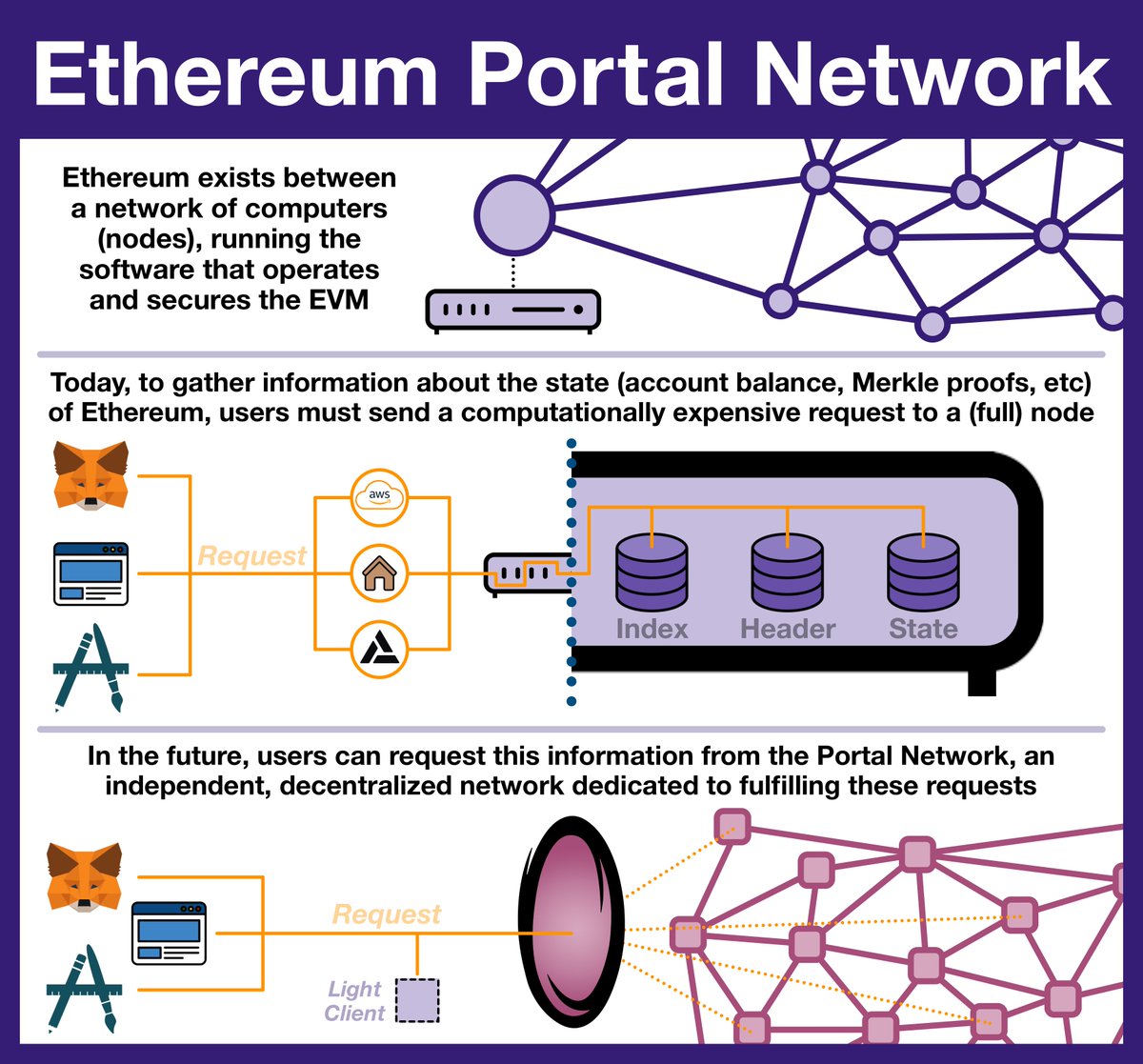
In order to directly interact with Ethereum, users need data to verify the cryptographic proofs.
Instead of asking the nodes to process these (increasing node's work), we will turn to the Portal Network.
¶ Light Clients
So, statelessness + Portal Network = light clients.
In this world, a light client would power on, be able to sync with Ethereum instantly (currently > a day) and immediately begin transacting.
All possible with minimal hardware and a mediocre internet connection.
¶ Trustless Trust
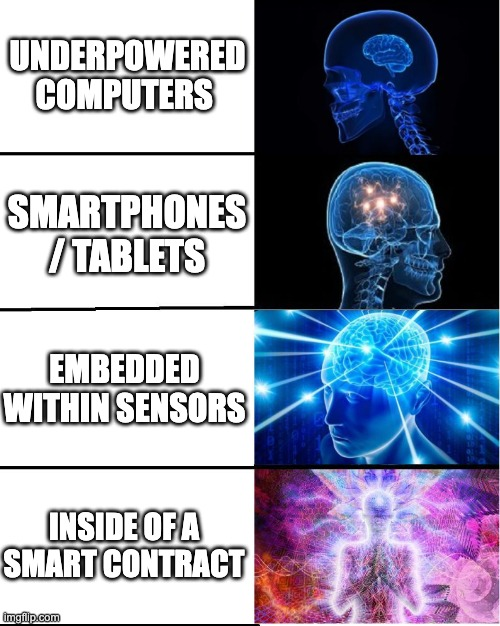
Deep Dive: Internet Native Settlement
Light clients are really, really big. Ever thought about why De-Fi/NFTs are like the only things being built? It's because accessing the EVM is so hard that once you're within you need to stay there.
A world where trustless access is trivial has infinite possibility.
And really that's what this is all about: trust, or more specifically, the ability to interact and coordinate without relying on trust at all.
Ethereum provides the way for the internet to trustlessly express ownership, light clients will allow trustless interaction.
Trustless is a strange concept; it's the idea that if you can independently verify everything about a system, there is no need for trust in the first place.
The entire project is about creating this trustless trust.
¶ The Collateral of Trustless Trust
Trusting in Ethereum ultimately means trusting the Ethereum node operators... and node operators are real people with human motivations.
So Ethereum issues ETH and coordinates around Proof of Stake.
No need to trust intentions, you just need to trust the economics.
Proof of Stake is crypto's method of transforming a trust assumption into an economic one.
You don't have to trust a node operator, you just need to know that acting in bad faith is INCREDIBLY expensive... more expensive than it could ever be worth.
You've heard of ETH as ultra sound money?
That's only part of the story.
In the Ethereum endgame, ETH isn't just the most decentralized monetary asset, it has a uniquely Ethereum property:
ETH is the currency of trustless trust.
¶ The Middleware Goldrush
Deep Dive: Ethereum Middleware
The path forward is already clear, the Middleware Gold Rush is inevitable.
Just like the California Gold Rush of 1849 began when James Marshall found gold at Sutter's Mill, the Ethereum Middleware Gold Rush will begin when Sreeram Kannan launches EigenLayer on mainnet.
Tl;dr EigenLayer allows a node to re-stake its staked ETH in order to use its excess computational capacity to provide trustless services.
Instead of a new PoS network for every trust assumption, ETH will become the asset of trustless trust.
Need some examples? Let's say we want to monitor the rapidly changing oceans.
¶ Trustless Sensors
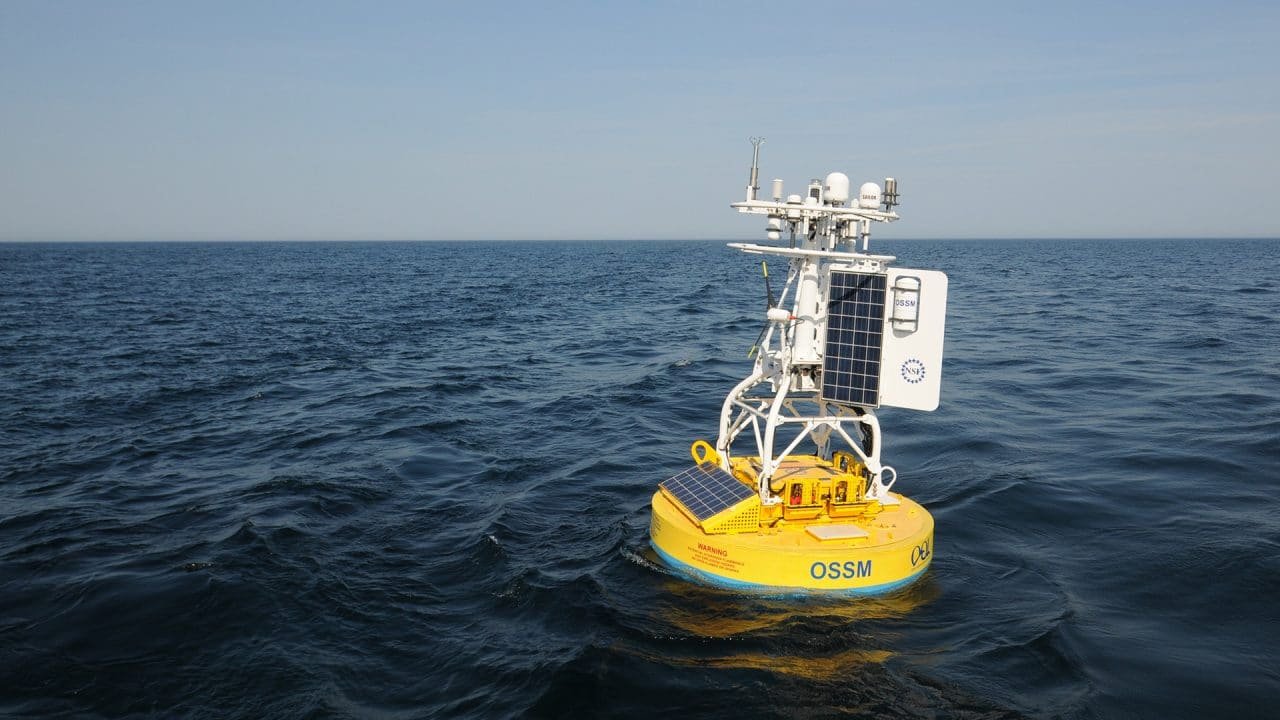
We can deploy 1000s of sensors with embedded light clients.
These sensors can trustlessly post data directly to Ethereum, which will be backed by the economic guarantees of re-staked $ETH.
¶ Driverless Cars

Let's look at a transportation; imagine embedding light clients into a car.
The car will be able to trustlessly verify everything around it.
- Which cars can be trusted as a driverless car?
- Which garages can be opened?
- Who and when can a company charge for a service?
¶ Asset Tracking
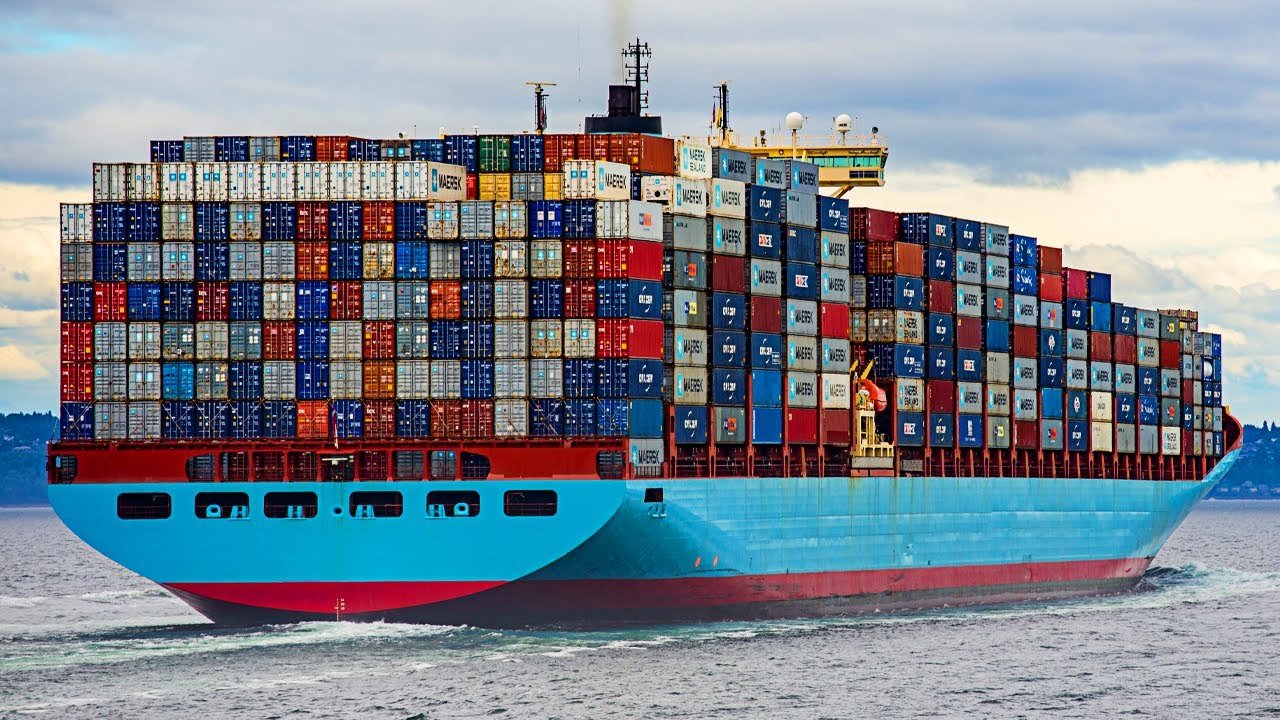
Last one, think about container ships.
Today, each one is simply a box of metal with a barcode.
Logistics is super intense and sensitive data must be shared with non-sensitive parties.
In a light client, re-staked world, trustless secure logistics becomes trivial.
¶ Scaling Ethereum
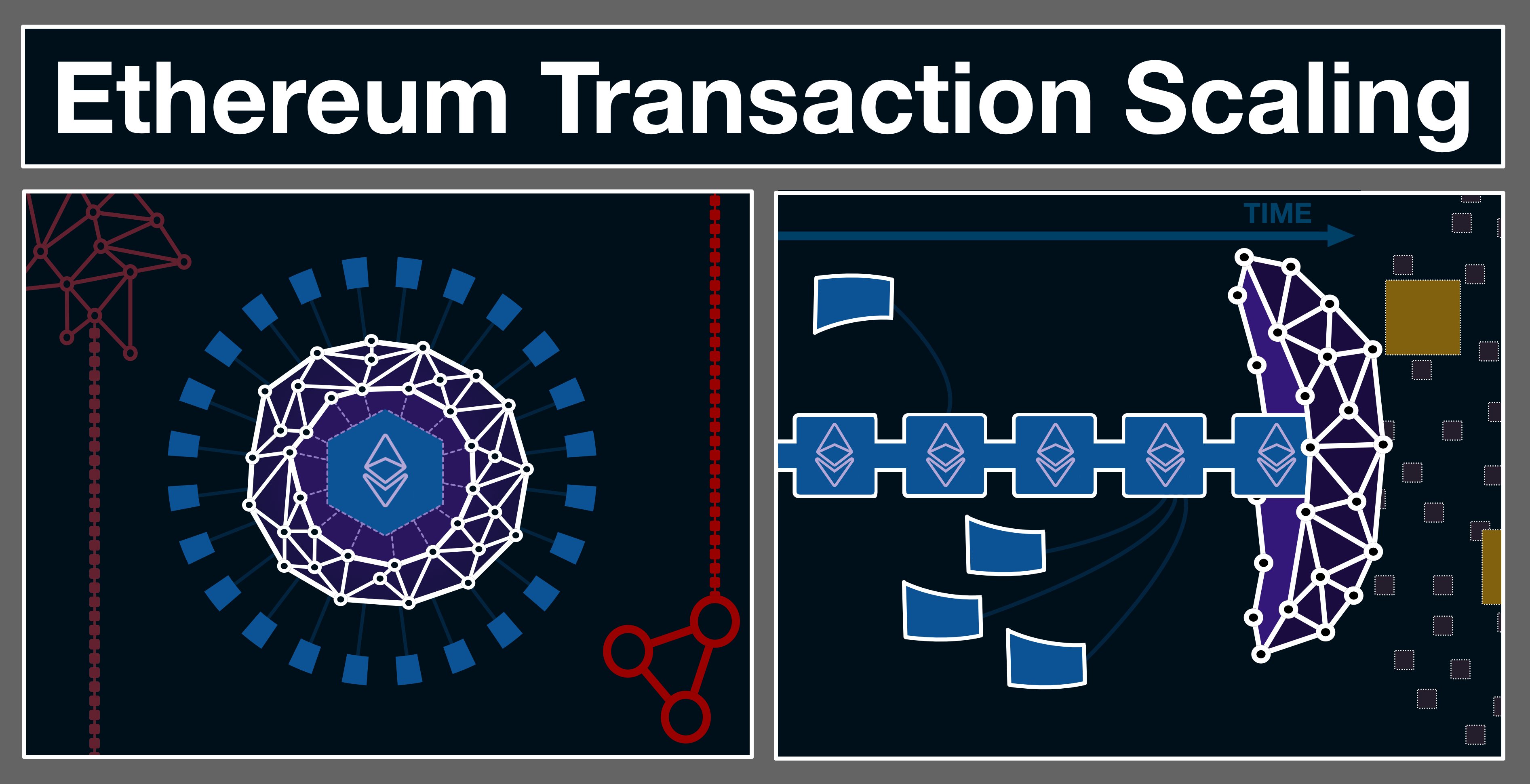
Deep Dive: Scaling Ethereum Execution
This is the endgame for Ethereum.
Everything we are doing is to transform ETH into the most pristine asset a human could ever ask for: the currency of trustless trust.
Need some more convincing? Let's go back to the old way we used to talk about Ethereum scaling.
¶ Scaling Transaction Throughput
Previously, the most important way we talked about scaling Ethereum was by increasing the number of transactions we could execute through the EVM.
Rollups are a paradigm change; instead of using the EVM to execute, we execute elsewhere and simply settle on Ethereum.
Settlement is the point where ownership is decided, and so the rollup paradigm works by posting the final result of any transaction to mainnet.
¶ Scaling Data Availability
Danksharding will introduce data blobs that DRASTICALLY increase the capacity for these receipts (and therefore Ethereum's throughput).
Rollups are settling to Ethereum, posting their data to blobs.
This data is inaccessible to the EVM, it's only important that it is posted to a shard and its data is made available to those outside the EVM.
Well... in the Ethereum Endgame, the EVM is stateless.
¶ The EVM Shard
Here's the question for you, dear reader:
What is the difference between a rollup and stateless EVM?
Both simply post blobs of data to Ethereum shards that the beacon chain/PoS don't care about.
The answer: A stateless EVM is really just another shard.
¶ Trustless Trust
Ethereum is and always will be the World Computer.
Today it is a slow, difficult to use computer; fortunately the path to 100k transactions/second is clear.
But we did not build the World Computer for performance. We built it to achieve something humanity does not have.
In a world with ever more complexity, coordination and automation, Ethereum is inevitable.
You just need to understand the Ethereum endgame:
Trustless Trust
¶ Resources
Source Material - Twitter Link
Source Material - PDF